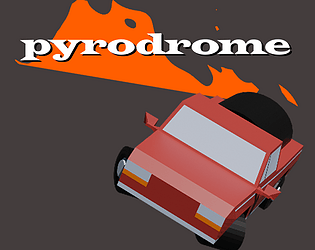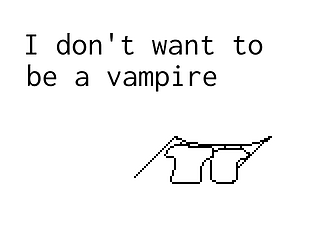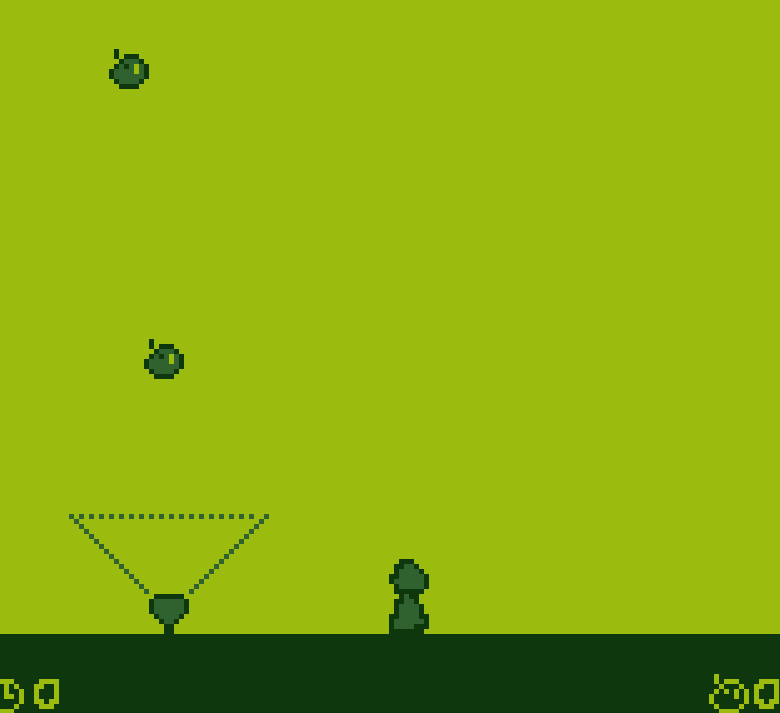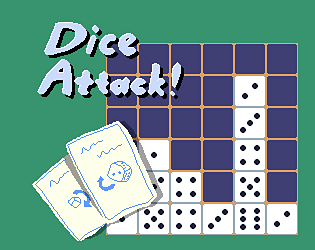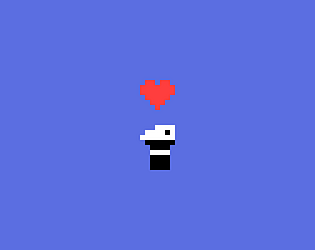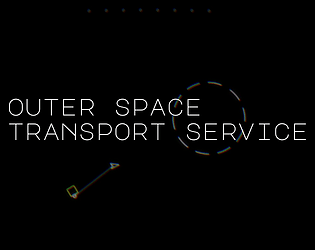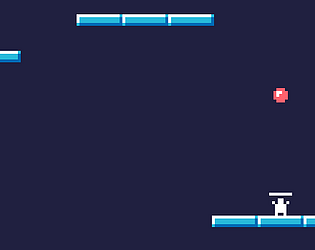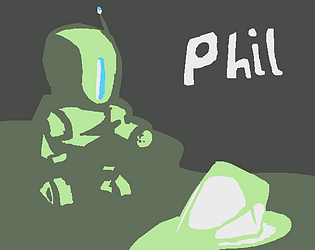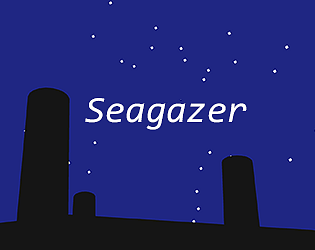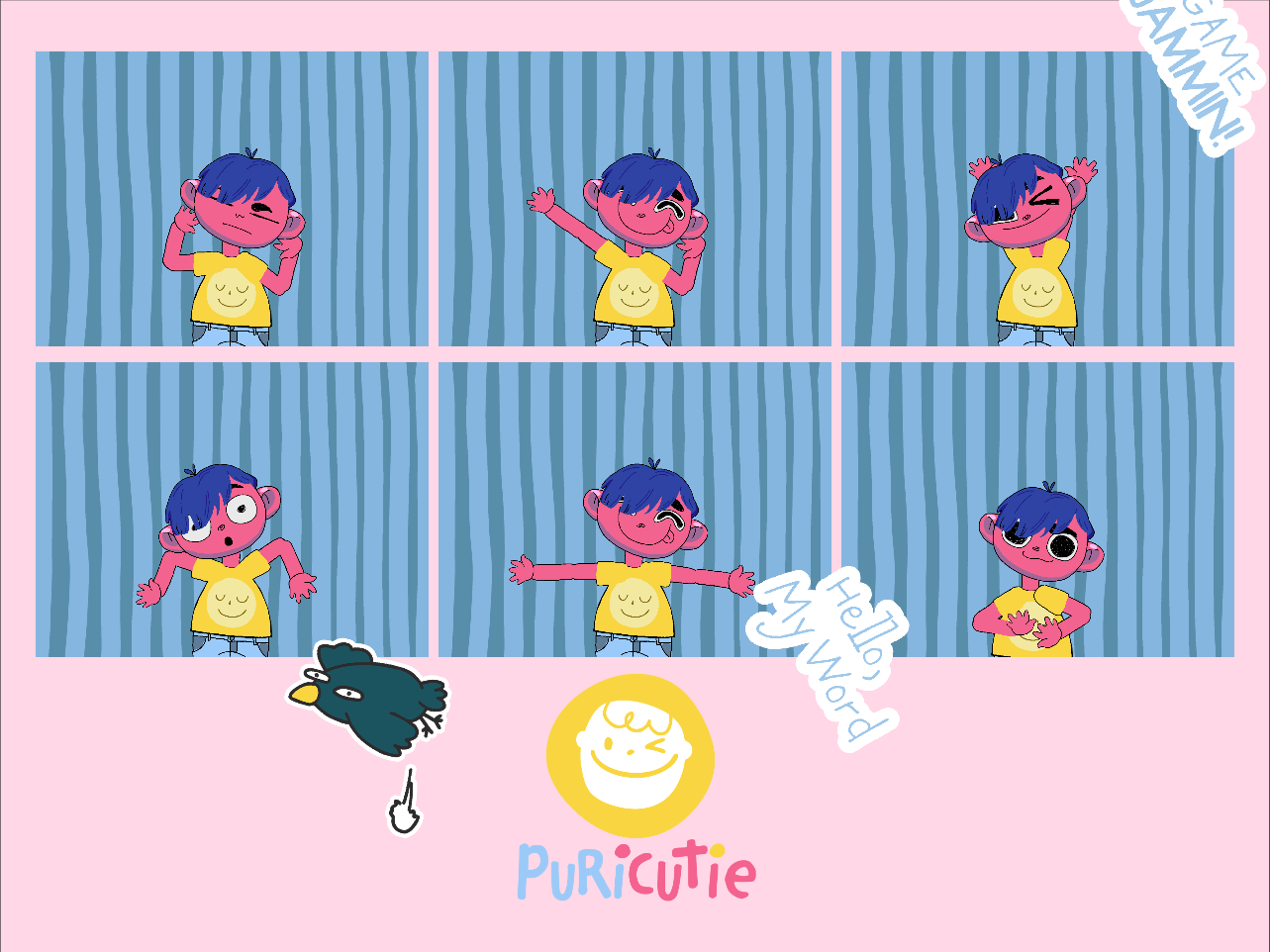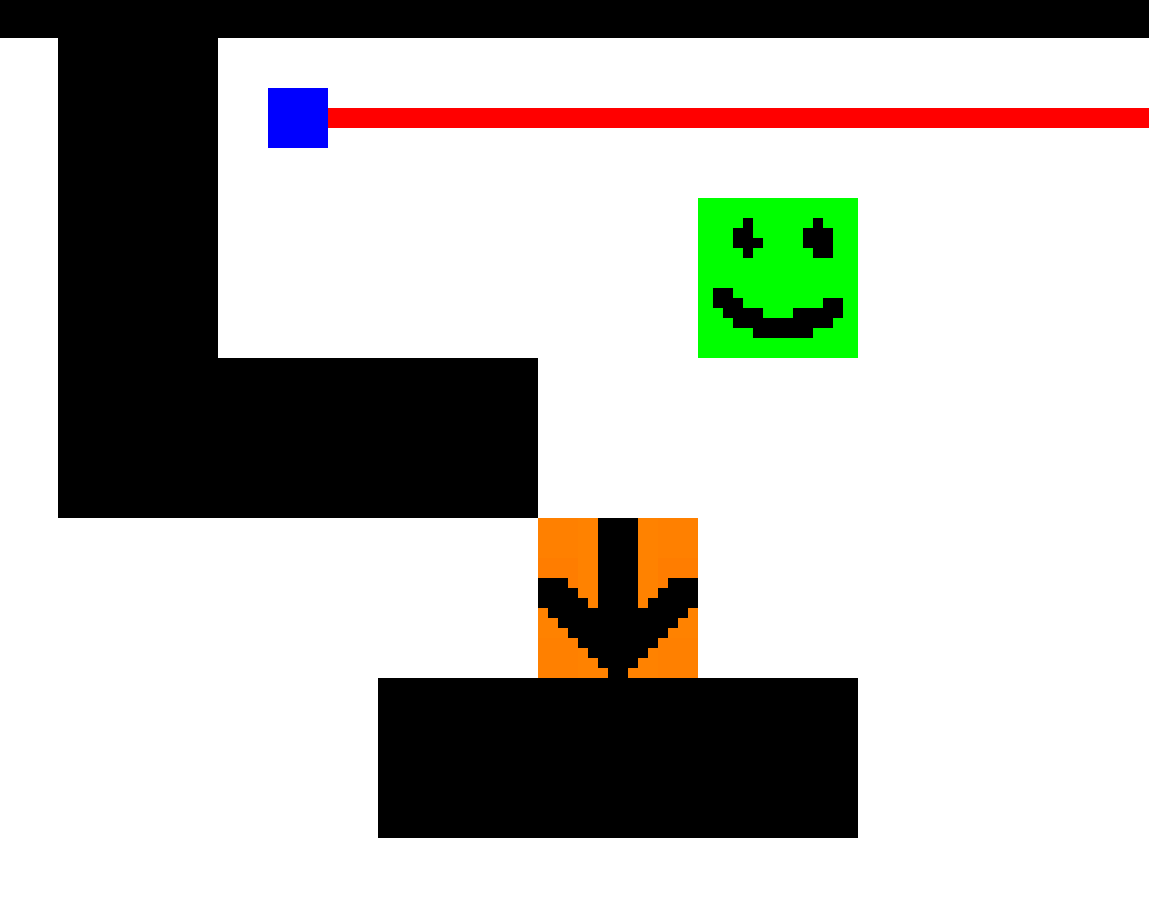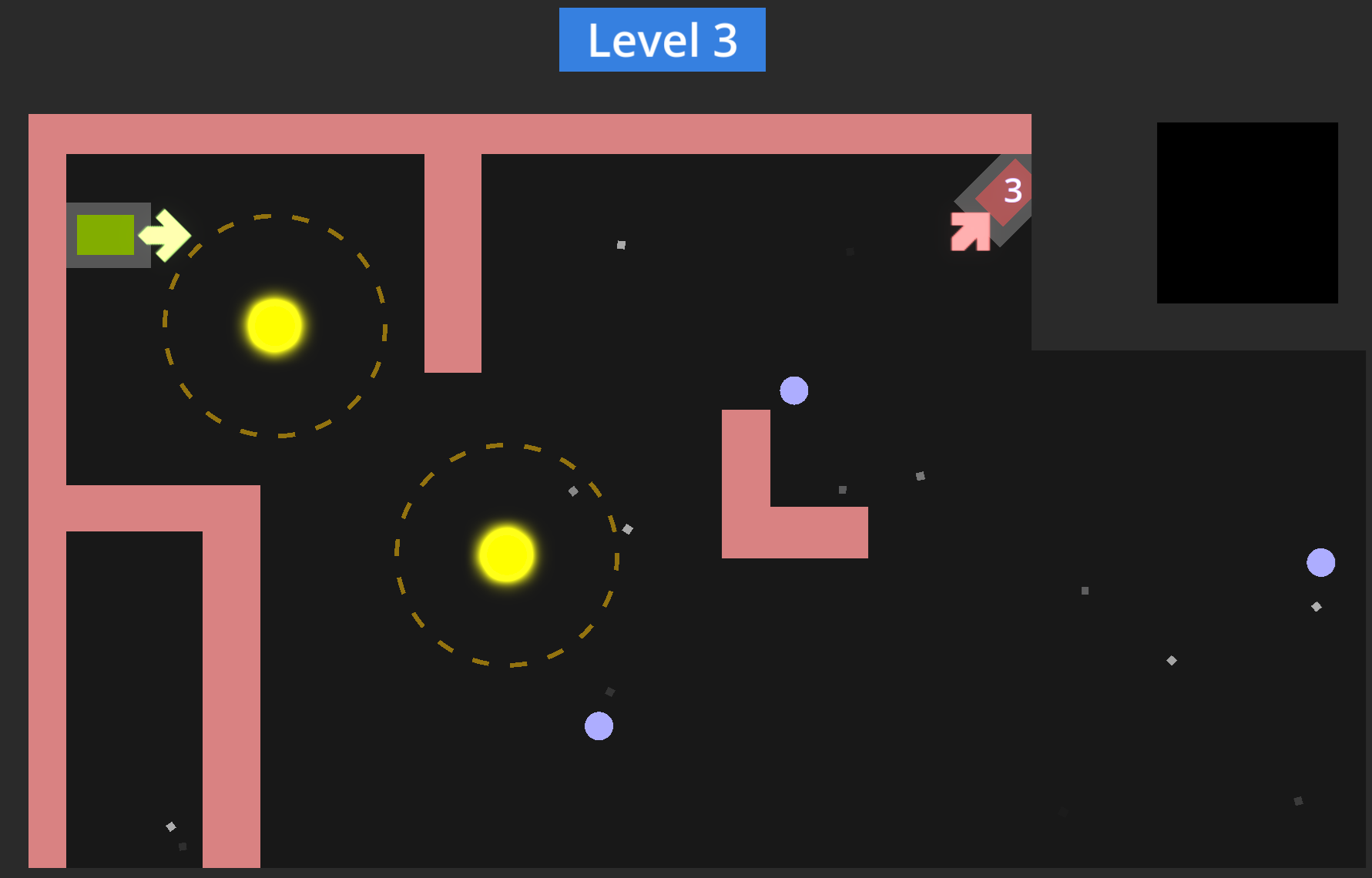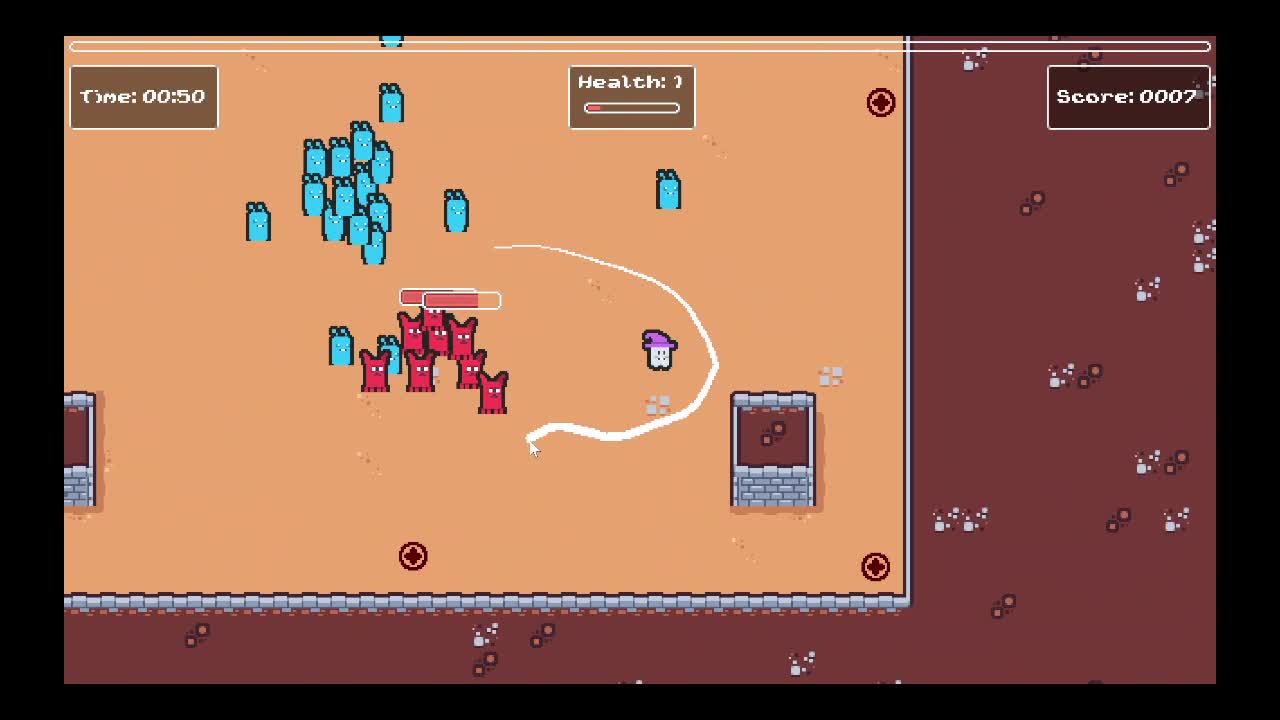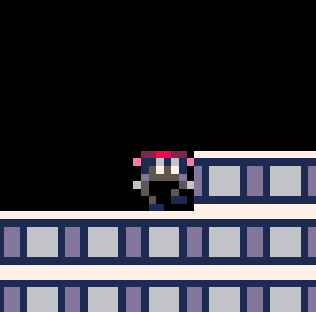Great job simplifying and implementing this game in the short time allotted. Considering you implemented 17 levels, you probably also had a nice workflow going, which is impressive.
Interesting puzzle concept. I wouldn't call it a Möbius strip because there's often more or less than one half-twist in the loop. It's more like Sokoban with two layers, which is still an interesting concept to explore. I don't like that I can't see the whole map at once, so there were several moments where I discovered a critical piece only after walking around aimlessly for a bit. I didn't enjoy having to search the map just to see what I'm working with. A button to look at the other side would have gone a long way. Sometimes I ran into the solution on accident just by wandering around, so I felt like I didn't earn the win, and simultaneously encouraged me to not think too hard on subsequent levels because that seemed to work. The other thing that isn't indicated is where the loop twists, i.e. where when you cross a boundary the piece that goes across flips over instead of staying in the same orientation. I wish I could see that somehow, because at the moment I have to just keep it in my head, which is just a fast track to me forgetting entirely and shutting down.
While a lack of undo does make me plan a bit more carefully, sometimes my execution isn't perfect and those cases do warrant an undo button in my opinion, especially at the end of a long sequence of moves.
I'm curious why you chose to limit twisting only to the right. Was it because it forces the player to consider the state of the whole loop rather than just a local area?
The final level is larger than the rest and I can see more of it twisting. The animation for this is a little confusing, because the two twisting segments sometimes twist in different directions, which causes my physical intuition (that I'm just twisting and splicing the segment nearest to me) to break down a bit. Mathematically the result is the same, but I think there's something to be said about channeling the player's spatial intuition to encourage more interesting insights.
I feel like as the levels got harder, the difficulty was coming from obfuscation more so than from interesting insights about the properties of the space. Maybe it's telling that I solved the final level on accident, while simply exhaustively searching the space.
Ultimately I don't feel particularly smart for having cleared all the levels. I would have preferred fewer, smaller levels with a stronger focus on fewer ideas. I really liked the idea of tucking away a cube on the other layer, which interrupts my normal intuition about a 2D space. I also liked having to think about the half-twist points, though it was hard to grasp this at first. In particular I had trouble remembering that a change I made on the right would change the topology of the left, but this is critical for solving some of the puzzles. Maybe because of the segmented way the map is laid out, it's not obvious that the half-twist points are going to be preserved when you loop around. Maybe extending the display (like how in the last level you can see that the twist is affecting more than just a single segment) would help with this confusion.
Sorry I don't have the energy to write a shorter post.


